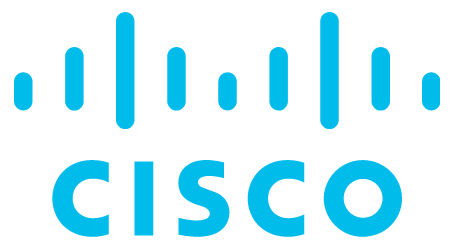
Description
SCHEELS' first All Sports Superstore opened in Grand Forks, ND in 1989. SCHEELS' Reno/Sparks, Nevada location opened in 2008 and is the World's Largest All Sports Store. Today, SCHEELS is a 27-store operation with stores in 12 states including North Dakota, Illinois, Iowa, Minnesota, South Dakota, Montana, Wisconsin, Nebraska, Nevada, Utah, Kansas, and Colorado. Providing SCHEELS' customers with first-class customer service and the world's largest selection of sports, sportswear and footwear are the priorities throughout the organization.
